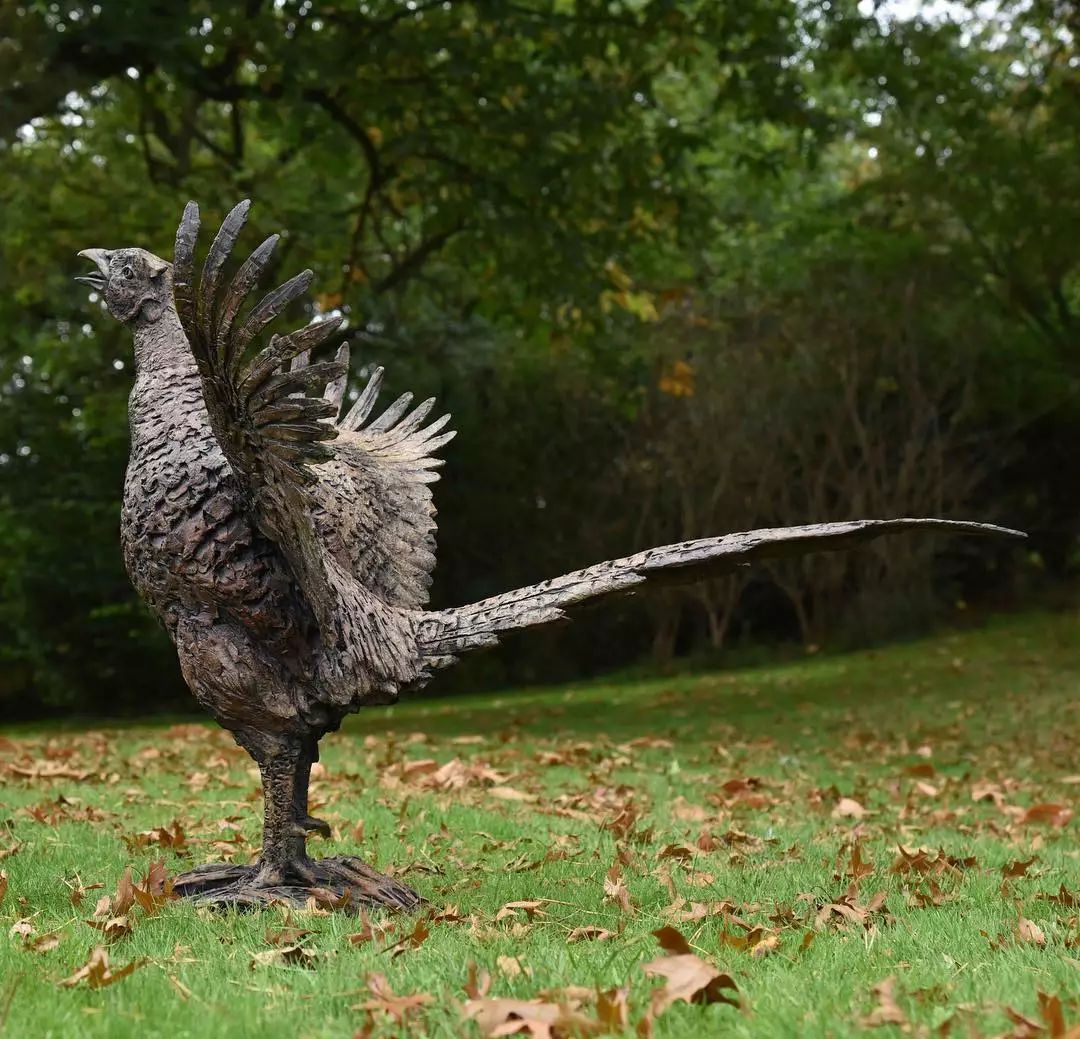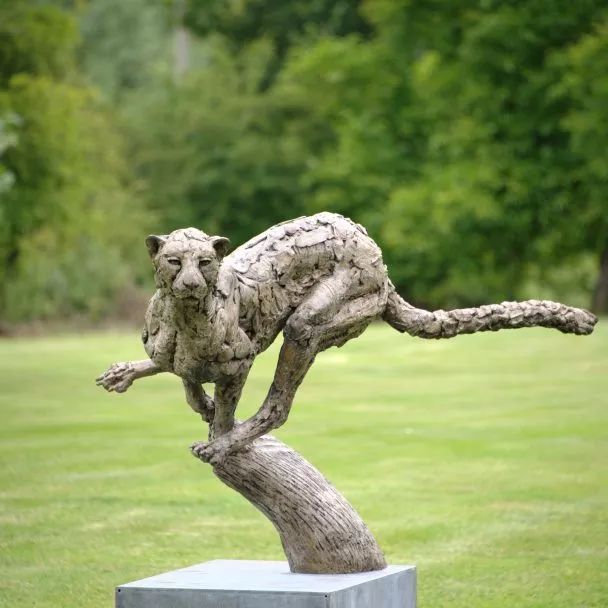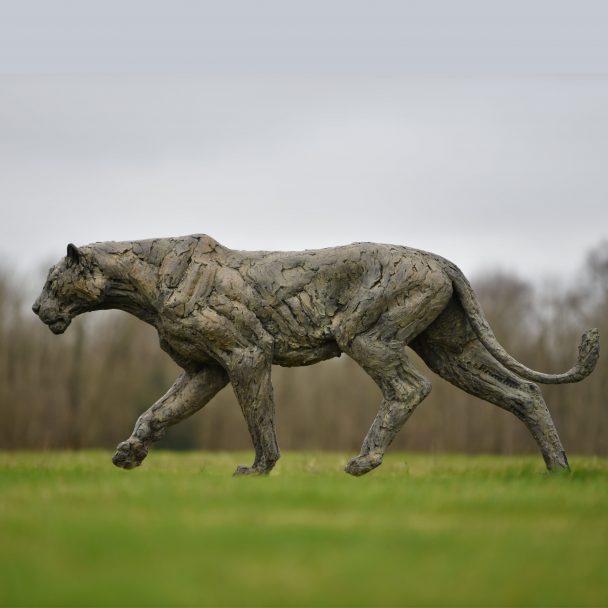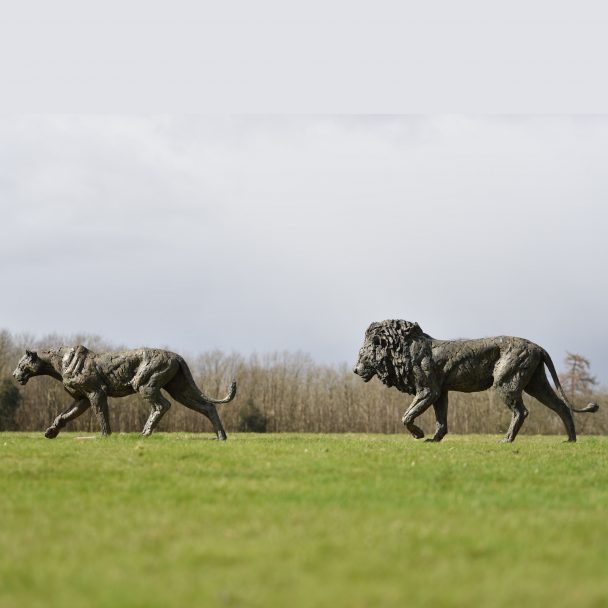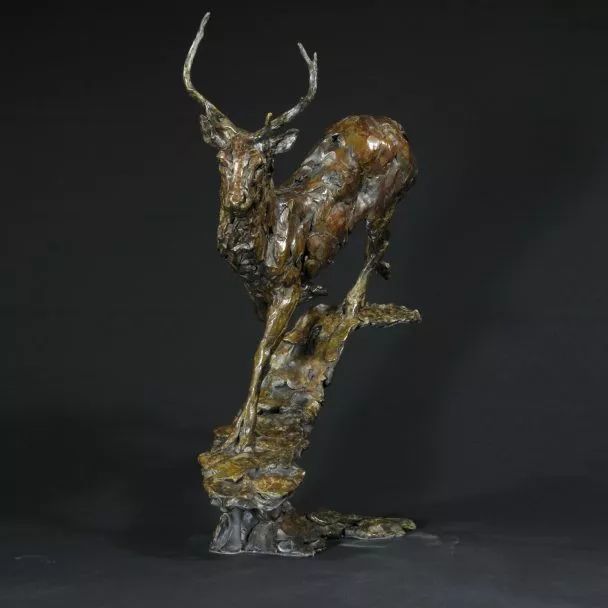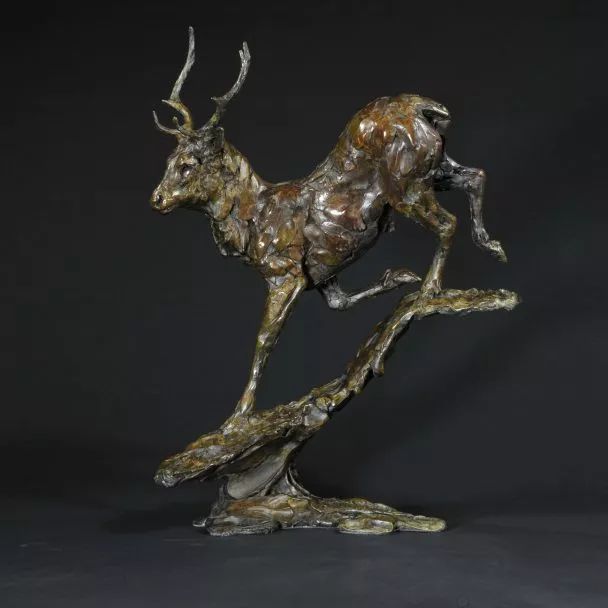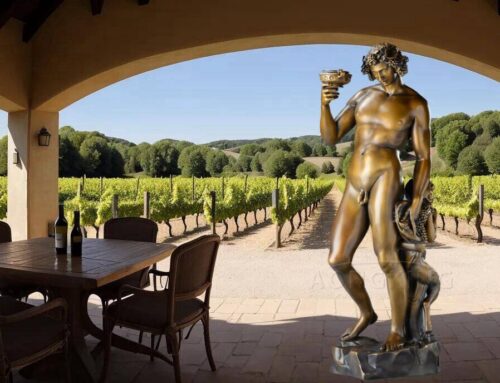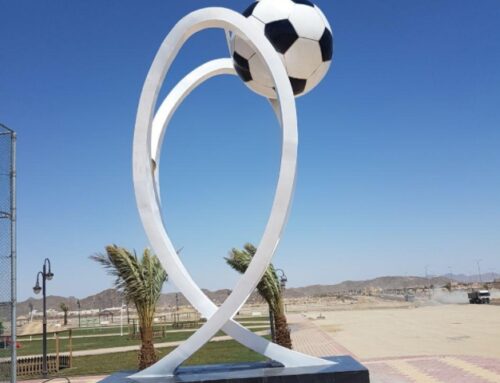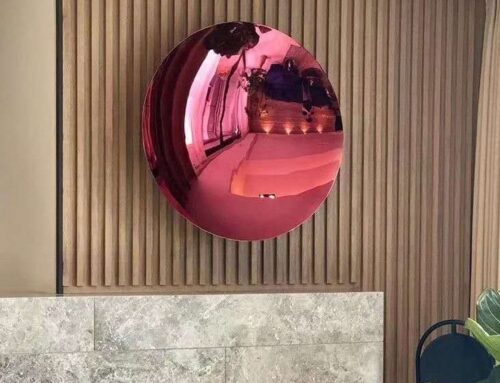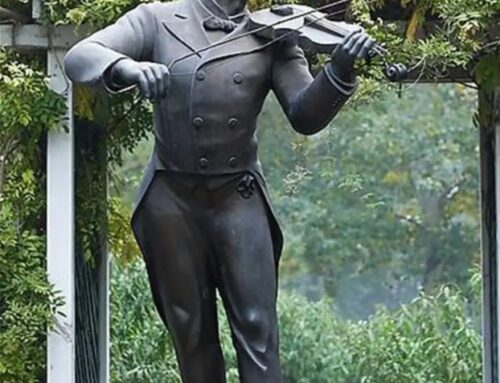Full of African flavor Animal Sculpture sculptor —– Hamish Mackie
Hamish Mackie, an independent animal sculpture artist, his otter series has won my heart. Compared with Nick’s works, his sculptures are more rugged and unruly, and it is this ruggedness that makes his works. “African flavor” is full. Primitiveness and wildness are synonymous with him. The conscious scraping marks of the sculpture knife set off the exaggerated animal form, which is full of dynamic.

His sculptural career began with the depiction of pet dogs and horses, but soon he became dissatisfied with making statues for the gentle Labrador and turned to the wild animal world that made him more obsessed.
Going deep into the habitat of wild animals and creating creations in the closest state of their natural reality is the soul of Mackie’s carving art. Bringing a professional camera and a work box specially adapted for outdoor creation, Mackie visited Australia, Africa, the Middle East, Russia, and recently went to India, conducting field trips, carving, and recording as much information as possible. Returning to the studio in Oxfordshire, he then conjured the final copper or silver products based on these models and photos.
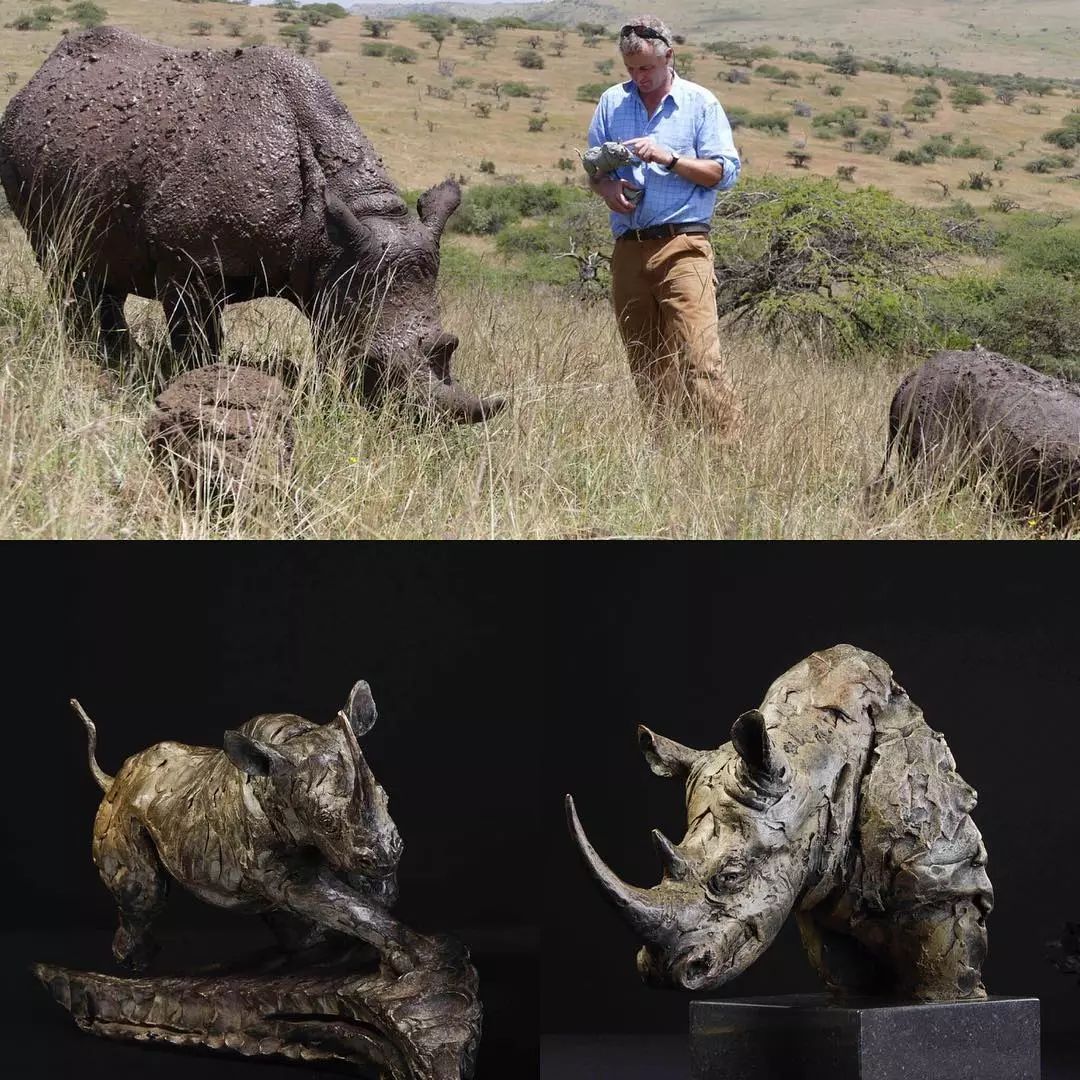
The biggest feature of Mackie’s works is that the animals he sculpted are all in motion, which is particularly real. When a jaguar climbs a tree and a horse is jumping, it all shows pulsation and tense muscles. Even if he is sculpting still lifes, he can see the flickering eyelids and veins under the skin. “Body language is a way of showing biological characteristics.” He said.
“I have an advantage over artists in the past because I can bring photos, videos and measured data back to the studio.” Nevertheless, he still needs to turn his research materials into works of art: he first builds models with clay , Layering, grooving and embossing, and call it “their physical properties give energy to the appearance.”

He is not very interested in smooth surfaces, but strives to express the tenacity of the animal itself. The model was then cast into bronze. Some of these works are made very small, such as a terrible beetle, or an owl that fits on a ring; others are made into life-sized pieces, such as a group of lifelike deer animla sculpture.
The Goodman’s Fields residential project near the City of London, developed by the Berkeley Group, is the place where Mackie’s sculptures can be best represented. It used to be an open field, a farm with horses, and countless carriages brought agricultural products into the city, so Mackie chose horses as the theme very appropriate. But what he created has nothing to do with this peaceful farm. On the contrary, he carved 6 quarter-sized Andalusian horses and galloped on the square. They come turbulently like waves, as if crossing a river, bringing extraordinary vitality and energy to this entire public space.

In the popular imagination, Mackie’s Mustang sculptures may appear a little uncoordinated in such a well-regulated environment, but in fact they seem to complement each other so well that there is no sense of dissonance at all. And their curves cancel out with the straight lines of the surrounding buildings. As Mackie’s sculptures express: Nature is infinite, so are his works. They can live in the city happily as in the countryside.

